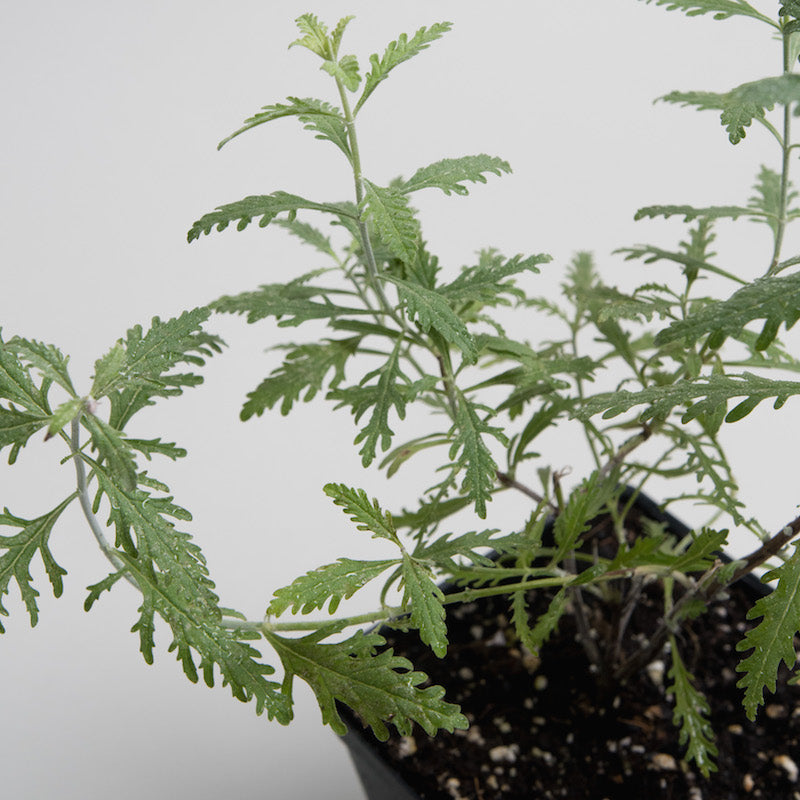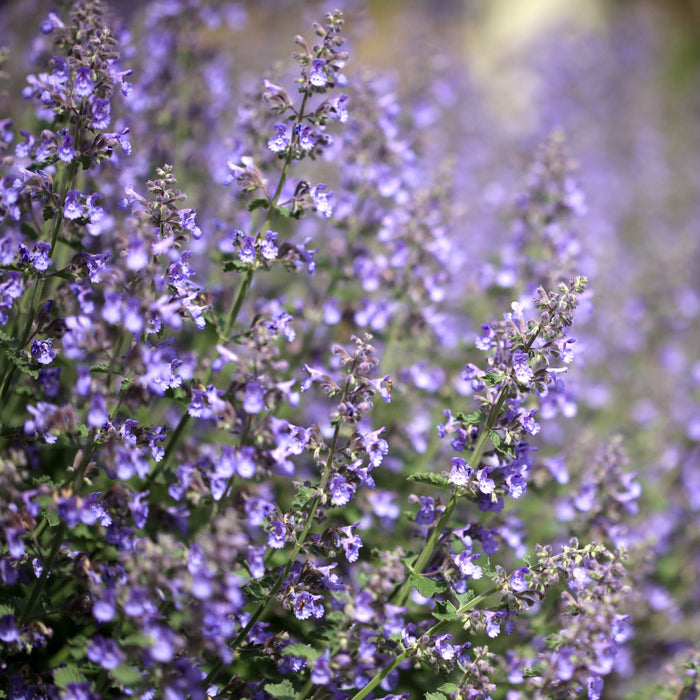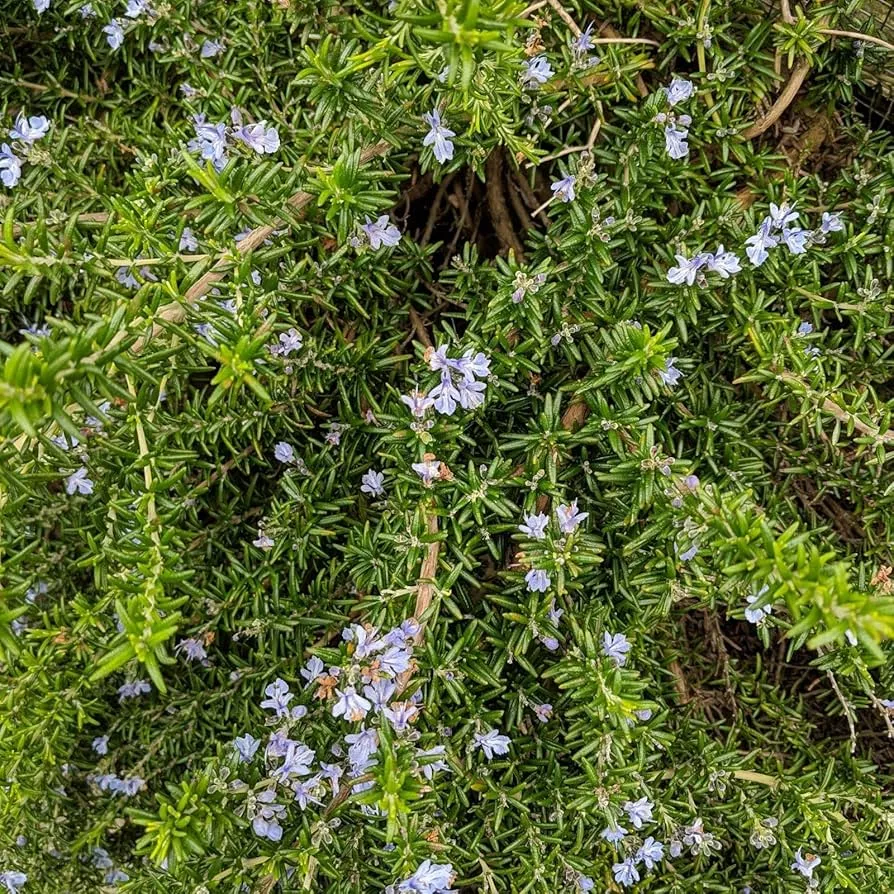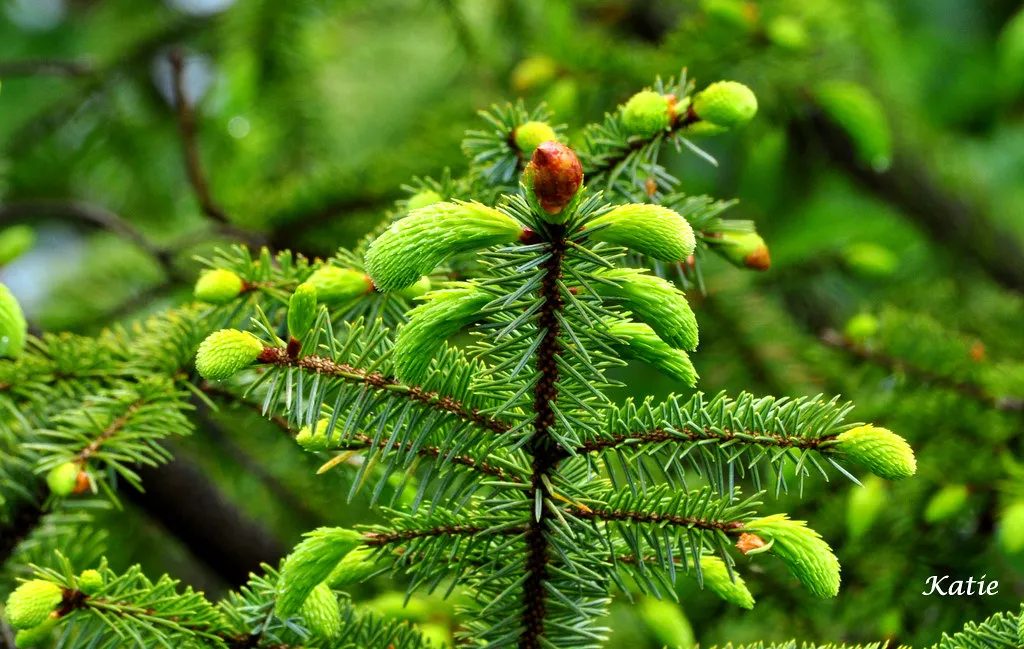Russian Sage is a versatile, aromatic herb known for its silver-green foliage and lavender-blue flowers. It thrives in sunny, well-drained gardens.
Russian Sage, scientifically known as Perovskia atriplicifolia, is a popular choice for gardeners and landscapers. Its striking lavender-blue flowers and aromatic silver-green leaves make it a visually appealing plant. It blooms from mid-summer to autumn, attracting pollinators like bees and butterflies.
This hardy herb is drought-tolerant and thrives in full sun, making it an excellent choice for low-maintenance gardens. Its versatility allows it to be used in borders, rock gardens, or as a stand-alone focal point. Russian Sage’s resilience and beauty make it an essential addition to any garden.

Credit: www.amazon.com
Introduction To Russian Sage
Russian Sage, known scientifically as Perovskia atriplicifolia, is a versatile and aromatic herb. This plant boasts silvery-green foliage and stunning lavender-blue flowers. Its beauty and resilience make it a favorite in many gardens. Russian Sage is not just visually appealing; it is also low-maintenance and drought-tolerant. Its unique scent and visual appeal make it a standout choice for landscaping.
History And Origins
The name Russian Sage might suggest origins in Russia. However, this plant is native to the regions of central Asia. Specifically, it comes from areas like Afghanistan and Tibet. It was introduced to European gardens in the 19th century. The plant’s name honors the Russian general, Vasily Perovsky.
Russian Sage became popular in Western gardens due to its hardiness. Its ability to thrive in various climates made it a gardener’s favorite. Over the years, it has spread to gardens worldwide.
Botanical Characteristics
Russian Sage is a perennial plant. It belongs to the mint family, Lamiaceae. The plant typically grows to a height of 3 to 4 feet. Its stems are woody at the base and produce numerous branches. The leaves are narrow, with a silvery-green color. The foliage is aromatic, releasing a pleasant scent when brushed against.
The flowers of Russian Sage are small and tubular. They appear in clusters on long stems. The blooms are lavender-blue, adding vibrant color to gardens. Russian Sage flowers from mid-summer to autumn. This extended blooming period attracts bees, butterflies, and other pollinators.
Key Attributes:
- Height: 3-4 feet
- Foliage: Silvery-green, aromatic
- Flowers: Lavender-blue, tubular
- Blooming Period: Mid-summer to autumn
Russian Sage prefers full sun and well-drained soil. It is drought-tolerant and requires minimal care. This makes it an excellent choice for low-maintenance gardens.
Planting Russian Sage
Russian Sage is a versatile and aromatic herb that can thrive in various conditions. Planting Russian Sage correctly ensures it grows healthy and vibrant. This section will guide you through the ideal soil conditions and the best planting times for Russian Sage.
Ideal Soil Conditions
Russian Sage grows best in well-drained soil. Sandy or loamy soil types are ideal. The soil should be neutral or slightly alkaline. Avoid planting in clay soil. Clay soil retains too much moisture and can harm the roots. Adding compost can improve soil drainage and fertility.
Important Tip: Ensure the planting site gets full sun. Russian Sage needs at least six hours of sunlight daily.
Best Planting Times
The best time to plant Russian Sage is in spring. Planting in early spring allows it to establish roots before summer. You can also plant in early fall. Fall planting gives the roots time to develop before winter.
Pro Tip: Space the plants about 2 to 3 feet apart. This spacing helps the plants grow without competing for nutrients.
| Planting Season | Benefits |
|---|---|
| Spring | Strong root establishment before summer |
| Early Fall | Root development before winter |
- Use a trowel to dig a hole.
- Place the plant in the hole.
- Fill the hole with soil and pat it down.
- Water the plant well after planting.
Following these steps ensures your Russian Sage will thrive and enhance your garden.
Caring For Russian Sage
Russian Sage is a hardy and aromatic herb. It thrives in various conditions. Caring for Russian Sage is simple with these guidelines.
Watering Guidelines
Proper watering is essential for healthy Russian Sage. Water it deeply once a week. Ensure the soil is well-drained to prevent root rot. Overwatering can harm the plant. During dry spells, increase watering frequency slightly. Always check soil moisture before watering.
Fertilizing Tips
Russian Sage requires minimal fertilization. Use a balanced fertilizer in early spring. A 10-10-10 NPK ratio works best. Avoid over-fertilizing, as it can weaken the plant. Apply a slow-release fertilizer for sustained growth. Organic compost can also benefit Russian Sage.
Pruning And Maintenance
Pruning Russian Sage is essential for healthy growth and vibrant blooms. Regular maintenance helps the plant stay strong and look its best.
When To Prune
Prune Russian Sage in early spring before new growth starts. This timing ensures the plant gets the best start for the growing season.
Here is a simple guide:
- Early Spring: Best time for major pruning.
- Late Summer: Light pruning can be done to tidy up.
Tools And Techniques
Using the right tools and techniques makes pruning easier and more effective. Here’s what you need:
- Sharp Pruning Shears: For clean cuts.
- Gloves: To protect your hands.
- Disinfectant: To clean tools before and after use.
Follow these steps for proper pruning:
- Cut back the stems to about 12 inches.
- Remove any dead or damaged stems.
- Shape the plant for even growth.
Pruning and maintenance keep your Russian Sage looking beautiful and healthy. With the right tools and timing, it’s a simple task that yields great results.
Pest And Disease Management
Russian Sage is a hardy and aromatic herb, but it can face pests and diseases. Proper management helps keep your plants healthy and thriving.
Common Pests
Even robust herbs like Russian Sage can attract pests. Here are some common ones:
- Aphids: These tiny insects suck the sap from the plant.
- Spider Mites: They cause leaves to yellow and drop.
- Whiteflies: These pests weaken the plant by feeding on its juices.
Preventative Measures
Taking steps to prevent pests can save your plants. Follow these measures:
- Inspect Regularly: Check your plants often for signs of pests.
- Water Properly: Avoid overwatering to prevent mold and mildew.
- Use Neem Oil: Spray neem oil to deter pests naturally.
- Encourage Beneficial Insects: Ladybugs and lacewings eat harmful pests.
Below is a quick reference table for pest management:
| Pest | Signs | Action |
|---|---|---|
| Aphids | Sticky leaves | Spray with water |
| Spider Mites | Yellowing leaves | Apply neem oil |
| Whiteflies | Wilting plants | Introduce ladybugs |
By following these tips, you can keep your Russian Sage healthy and pest-free.
Companion Planting
Companion planting involves strategically placing plants together. This helps them thrive. Russian Sage is an excellent choice for companion planting. Its aromatic foliage repels pests and attracts beneficial insects. It enhances the growth and beauty of nearby plants.
Best Companion Plants
Choosing the right companion plants can boost the health of your garden. Here are some of the best companions for Russian Sage:
- : Russian Sage’s tall, airy stems complement rose bushes beautifully. Its scent keeps aphids away from roses.
- Lavender: Both plants thrive in similar conditions. They create a stunning and fragrant combination.
- Echinacea: Russian Sage enhances Echinacea’s vibrant blooms. Both attract pollinators.
- Yarrow: These two plants together create a low-maintenance, drought-tolerant display.
- Catmint: Catmint’s low-growing habit pairs well with the taller Russian Sage.
Avoiding Plant Conflicts
Some plants do not pair well with Russian Sage. Avoid planting these near it:
- Heavy Feeders: Plants like tomatoes and corn need more nutrients. They compete with Russian Sage.
- Moisture-Loving Plants: Avoid water-loving plants such as ferns and hostas. Russian Sage prefers dry conditions.
- Shady Plants: Russian Sage needs full sun. Shade-loving plants will struggle nearby.
To ensure a healthy garden, carefully plan your plant placements. This avoids conflicts and promotes growth.
Uses Of Russian Sage
Russian Sage is a versatile and aromatic herb. This plant offers numerous benefits. Its uses range from culinary delights to medicinal applications. Let’s explore the various ways you can incorporate this herb into your life.
Culinary Uses
Russian Sage can enhance many dishes. You can add its leaves to salads for a unique flavor. The herb’s slight peppery taste complements meats and vegetables.
- Use fresh leaves in salads
- Add dried leaves to soups and stews
- Infuse oils and vinegars for added flavor
Herbal teas made from Russian Sage have a delightful taste. These teas are not only tasty but also soothing.
Medicinal Benefits
Russian Sage offers various medicinal benefits. It is known for its anti-inflammatory properties. This makes it useful for treating minor aches and pains.
You can use the herb to make natural remedies. These remedies can help with digestive issues and respiratory problems.
| Health Benefit | Usage |
|---|---|
| Anti-inflammatory | Topical application for joint pain |
| Digestive aid | Consuming herbal tea |
| Respiratory health | Inhaling steam from boiled leaves |
Essential oils made from Russian Sage are also popular. These oils can be used in aromatherapy to reduce stress.

Credit: thegrowers-exchange.com
Designing With Russian Sage
Russian Sage is a versatile and aromatic herb. It offers vibrant purple-blue flowers and silvery-green leaves. This makes it a favorite for many gardeners. It not only adds beauty but also attracts pollinators. Let’s explore some exciting design ideas for your garden.
Landscape Ideas
Incorporate Russian Sage into your landscape for stunning results. Here are some ideas:
- Borders: Use Russian Sage to define garden borders. Its height and color create a visual barrier.
- Mass Plantings: Plant in groups for a striking effect. This works well in large gardens.
- Pathways: Line pathways with Russian Sage. It adds both structure and fragrance.
- Container Gardens: Grow Russian Sage in pots. It thrives in well-drained soil and adds height.
- Rock Gardens: Ideal for rock gardens. Its drought-resistant nature is a perfect match.
Color Combinations
Russian Sage pairs well with many other plants. Consider these color combinations:
| Plant | Color | Complementary Pairing |
|---|---|---|
| Lavender | Purple | Enhances the blue tones of Russian Sage |
| Yellow Daylilies | Yellow | Creates a vibrant contrast |
| Red Hot Poker | Red | Adds a warm, fiery touch |
| White Daisies | White | Offers a clean, crisp look |
| Pink Coneflowers | Pink | Softens the overall appearance |
These combinations will make your garden pop. Experiment with different pairings to find your favorite look.

Credit: cloversgarden.com
Frequently Asked Questions
What Is Russian Sage Used For?
Russian Sage is often used in landscaping for its drought tolerance. It’s also valued for its aromatic foliage and vibrant flowers.
How Do You Care For Russian Sage?
Russian Sage requires full sun and well-drained soil. Water sparingly and prune annually for best growth.
Is Russian Sage Edible?
While Russian Sage is aromatic and often used decoratively, it is not typically consumed as food.
How Tall Does Russian Sage Grow?
Russian Sage can grow up to 3 to 5 feet tall. Its tall, spiky flowers add vertical interest to gardens.
Conclusion
Russian Sage is a remarkable herb with versatile uses. Its aromatic qualities enhance gardens and culinary dishes alike. Easy to grow and maintain, it offers beauty and practicality. Incorporate Russian Sage into your garden for a fragrant and functional addition.
Experience its benefits firsthand and elevate your gardening and cooking endeavors.



